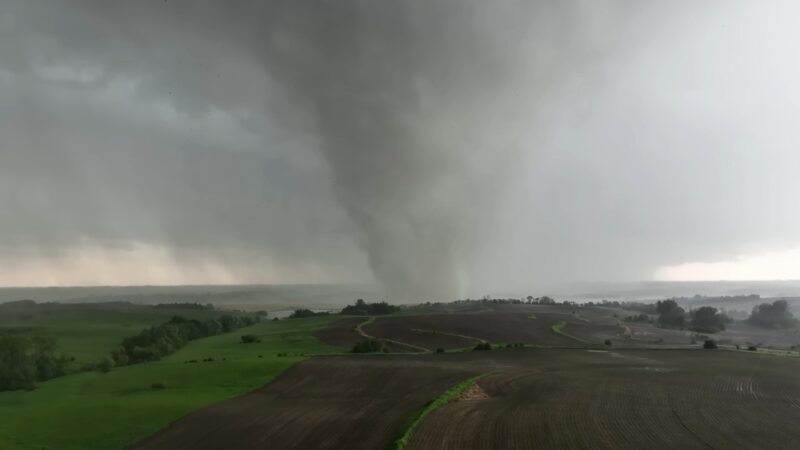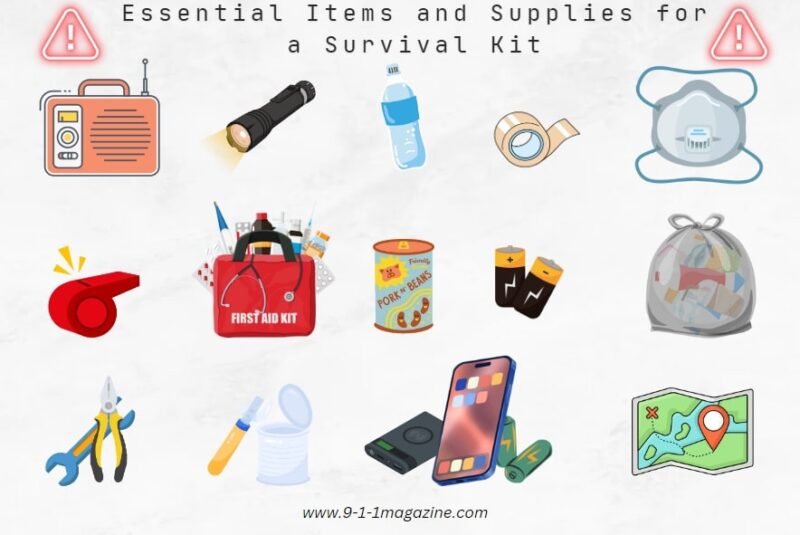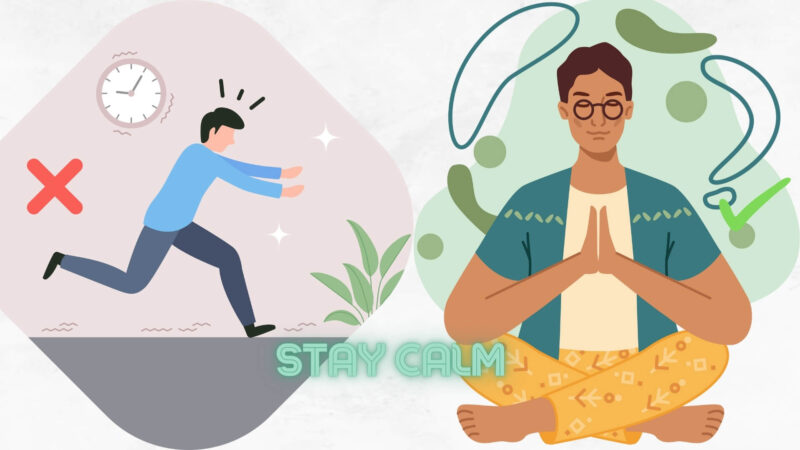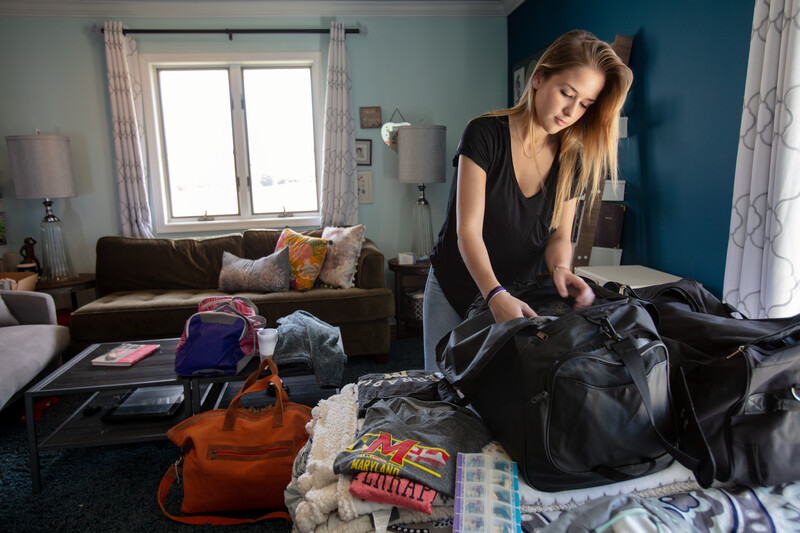You never know when disaster could strike. A hurricane, tornado, or earthquake could hit without warning. Maybe there’s an accident at a nearby factory. Or a nasty virus starts spreading in your town.
Whatever the emergency, the Emergency Preparedness Plan is the key to keeping you and your loved ones safe. When an emergency happens, your life could depend on how prepared you are. That’s why following these 8 steps is SO CRUCIAL:
8. Make an Emergency Preparedness Plan

Think about what kinds of emergencies could happen where you live. It could be a hurricane, tornado, earthquake, or something else. Figure out how you’ll get out of your home, school, or work safely. Everyone needs to know the escape routes and practice using them.
Make a list of emergency contacts like family, neighbors, and 911. Pick a meeting spot in case you get separated. If you have little kids, older relatives, or anyone with special needs, make sure the plan covers them too.
Review the plan often and update it when needed. Your plan should include detailed evacuation routes, meeting points, and contact information for all family members and emergency services.
7. Pack a survival kit

Pack a survival kit that has supplies to last at least 3 days. Stock up on non-perishable foods, water bottles, medicines, and a first aid kit. Don’t forget flashlights, batteries, a multi-tool, hygiene items, and important documents like IDs. Customize the kit for your family’s needs. Add baby supplies, pet food, or medical equipment if needed.
Keep the kit somewhere easy to grab. Check it every few months to replace expired items. You’ll need these essential supplies if disaster strikes. Having a well-stocked survival kit can make a big difference in keeping you and your loved ones safe. Take the time to put one together that works for your household – it could end up saving your lives.
6. Stay up-to-date on potential dangers
Sign up for alerts from local officials about severe weather, evacuations, or health risks. Know the different warning signals and what they mean.
Get info from reliable websites and news sources, not rumors. Follow emergency agencies on social media for real-time updates. The more you know, the better you can react.
5. Practice safety drills
Have drills with your family to practice your plan. Act out a fire evacuation, earthquake drill, or lockdown procedure. See what works and what needs improving.
The more you practice, the more prepared you’ll be. Make it a regular thing so everyone knows exactly what to do.
4. Secure your home or workplace
Take steps to protect your home or workplace from damage. Reinforce doors and windows for high winds. Secure heavy furniture and appliances so they don’t fall over.
Learn how to shut off utilities like gas, electricity, and water if needed. Routine maintenance checks can prevent future hazards.
3. Help vulnerable loved ones
Kids, elderly, and disabled people may need extra assistance in an emergency. Your plan should cover their medical needs, medications, and any special equipment.
Ask neighbors to help if you can’t be there. Have a list of conditions, meds, and requirements handy. No one gets left behind!
2. Create a communication plan
You’ll want a way to share info and check on loved ones. Pick someone out of the area as a point person to relay messages.
Use phones, texts, social media, whatever works. Make sure everyone knows how to use these methods. Good communication prevents chaos.
1. STAY CALM and listen to officials

When disaster strikes, it’s normal to feel scared. But stay as calm as possible. Listen to official instructions – they know best how to keep you safe. Support those around you. Panicking makes things worse. Your preparation gives you the tools to get through this! You’ve got this.
Summary
Emergency Preparedness Plan means you’ll be ready, not panicked when disaster strikes. Stocking up, securing your home, and practicing drills takes work, but gives you peace of mind that your family is safe.
Don’t wait – make an emergency plan, build a supply kit, and practice drills today. When a crisis hits, you’ll be able to keep your loved ones out of harm’s way. The time you invest in preparing could end up saving lives.

